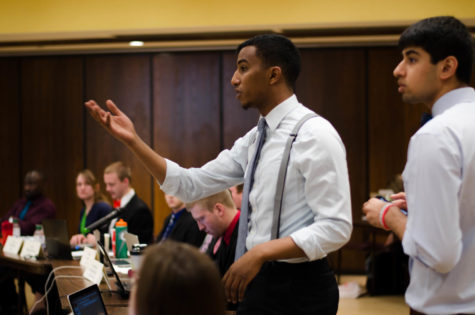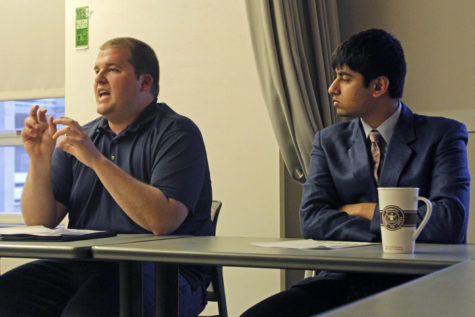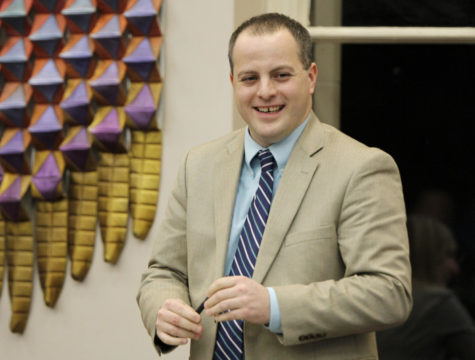Online system sets new voting record
March 9, 2001
More than 6,200 students cast votes in the 2001 Government of the Student Body elections, shattering ISU records and shocking GSB officials.
An unofficial total of 6,288 students – about 25 percent of the student body – logged on to vote Tuesday and Wednesday, more than doubling last year’s tally of 3,002 votes.
GSB Election Commissioner Chris Wisher said this is the highest turnout in the history of GSB general elections. The turnout ranks second among all ISU student elections to the special election held in 1985, when students voted to build the Lied Recreation Center, he said.
“After about 5 p.m. on the first day, when we were approaching last year’s total, I was in disbelief,” he said. “I honestly expected no more than 4,000 total votes in this election.”
Wisher attributed the high voter turnout to a combination of three key factors – the CyRide referendum, specialty seat amendment and new electronic voting system.
“It just goes to show that if there are issues that the students see will directly affect them, then they will vote for them,” he said. “Tangible results are what the students want to see.”
GSB President Ben Golding said the high turnout will send a message: ISU students do care.
“I’m very excited,” he said. “Twenty-five percent of the student body turning out to vote is amazing. I think this is something that student leaders next year can use in their interactions with the regents, legislators and the administration.”
Jeff Sorensen, Web support systems manager for Academic Information Technology, said the online system increased the efficiency and accuracy of the vote-counting process.
“I think it was fantastic,” said Sorensen, who worked with GSB for about a year to develop the system. “We had what I consider a really successful run. The system itself seemed to go off without a hitch.”
The University of Iowa had the same increases when it implemented an online voting system for its 2000 student government elections, said Andy Stoll, president of the U of I student government.
Stoll said about 15 percent of the student body – 4,200 students – voted in the 2001 student government elections, up from 2,700 votes the year before.
“I don’t really see a negative side to the online voting,” said Stoll, junior in communication studies and business management. “The online system, as long as it is secure, makes the process more accessible and less susceptible to fraud.”
Chris Linn, U of I student government vice president, said online voting is a mixed blessing.
“The ease and quickness of voting online definitely encourages student participation in elections,” said Linn, junior in communication studies and business management.
However, Linn said that as voting numbers go up, the election process involves less and less human interaction.
“With more students voting, though, newspaper coverage and visual campaigning, like posters and ads, become more important than person-to-person campaigning,” he said.
“In some ways, a greater voter turnout means a less personable campaign, as candidates are forced to convince students they’re the right choice without speaking to them personally.”
However, Dan Sterenchuk, president of the University of Northern Iowa student government, said the advantages of a high turnout far outweigh any disadvantages.
The UNI student government implemented online voting for the 2000 elections and turnout jumped by 10 percent.
“It’s incredible,” said Sterenchuk, senior in English. “Many schools in other states are talking about how they get lucky if they could get 7 or 8 percent. It just sends a message that students are involved and they care.”









